It’s a daring question with an even sharper edge: when we talk about “instinctive” and “reactive” zodiac signs, are we really describing the same behavioral patterns that biologists watch unfold between predators and prey? The comparison is tempting, and surprisingly useful – if we handle it with care. Animal behavior research shows consistent strategies across species, from bold pursuit to hyper-vigilant avoidance, and those strategies echo the ways people self-describe within astrological language. The mystery is where metaphor meets measurable behavior. The solution is not to claim the stars drive biology, but to use familiar sign-based shorthand to make the science of action and reaction feel graspable – and compelling.
The Hidden Clues
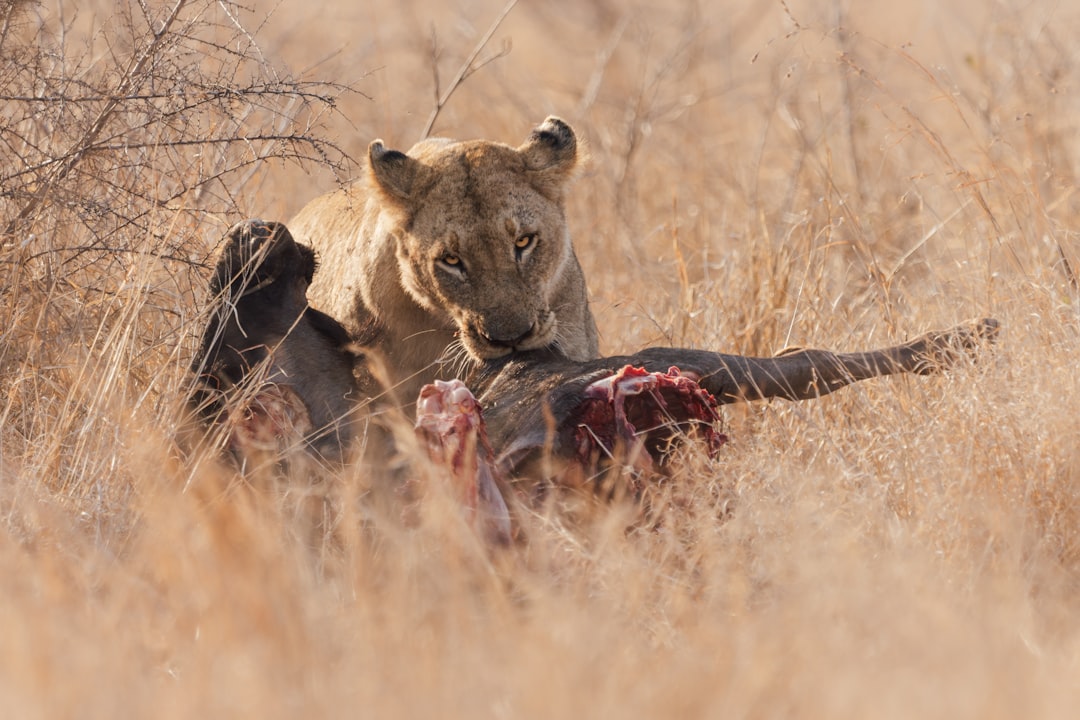
In the wild, tiny cues tell big stories. Predators often carry their bodies like arrows – forward-facing gaze, economical strides, attention tunneling when closing in. Prey tilt toward wide-angle vigilance, scanning, startle readiness, and a constant tug-of-war between grazing and guarding. Biologists talk about a proactive–reactive coping spectrum: proactive animals push environments to their plan, reactive animals read environments and adapt quickly. If you think of “instinctive” signs as the proactive end and “reactive” signs as the watchful end, you’re tracking a real behavioral axis – just with a cultural compass.
I once watched elk freeze at the faintest twig snap while a distant coyote threaded a single-minded line through sagebrush. That contrast – tunnel versus telescope – captures the split we tend to hear in horoscopes, but it’s grounded in survival math, not mysticism.
From Ancient Tools to Modern Science

Long before satellites, humans learned to read wildlife like a moving manuscript: footprints, broken stems, a hush falling across birds. Today, GPS collars, accelerometers, and bio-loggers translate those clues into high-resolution timelines of pursuit, pause, and flight. Machine learning on camera-trap archives recognizes posture and pace, separating a casual stroll from a committed chase with remarkable accuracy. Hormone assays and heart-rate telemetry layer in physiology, showing how arousal spikes in prey long before a sprint and how a predator’s focus deepens as distance closes.
That evidence reframes our metaphors. Instinctive, proactive tactics are about initiating – think surge, probe, commit – while reactive tactics are about sensing – scan, recalibrate, survive. We’re not assigning star-born traits; we’re borrowing a precise behavioral vocabulary to make age-old archetypes feel honest and testable.
Instinctive Signs: Predator Mirrors
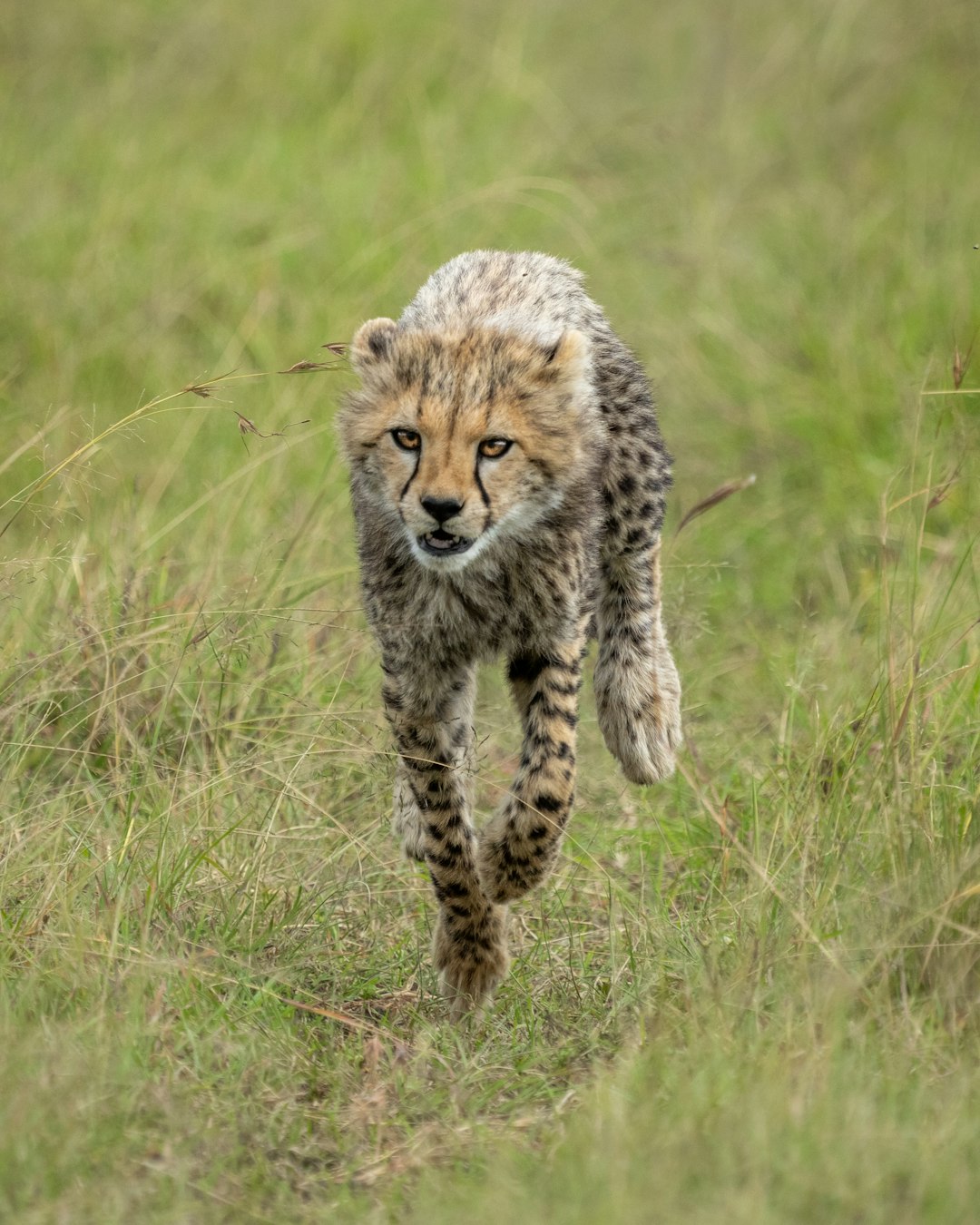
When people describe instinctive signs, they often mean those that move first and ask questions later. In animal terms, that’s the proactive playbook: exploration over hesitation, approach over avoidance, strategy over second-guessing. The predator mirror isn’t about ferocity; it’s about initiative and energy allocation. Think of a cheetah’s burst or a hawk’s stoop: the plan is clear, decisions compress, and the world narrows to the objective. In human behavior, that can look like charging into new projects, thriving on deadlines, and tolerating risk where others stall.
It’s a strength with a price tag. Proactive styles burn fuel quickly and can miss subtle shifts – a storm building, a new variable sliding into view – because momentum itself feels like safety.
Reactive Signs: Prey Mirrors
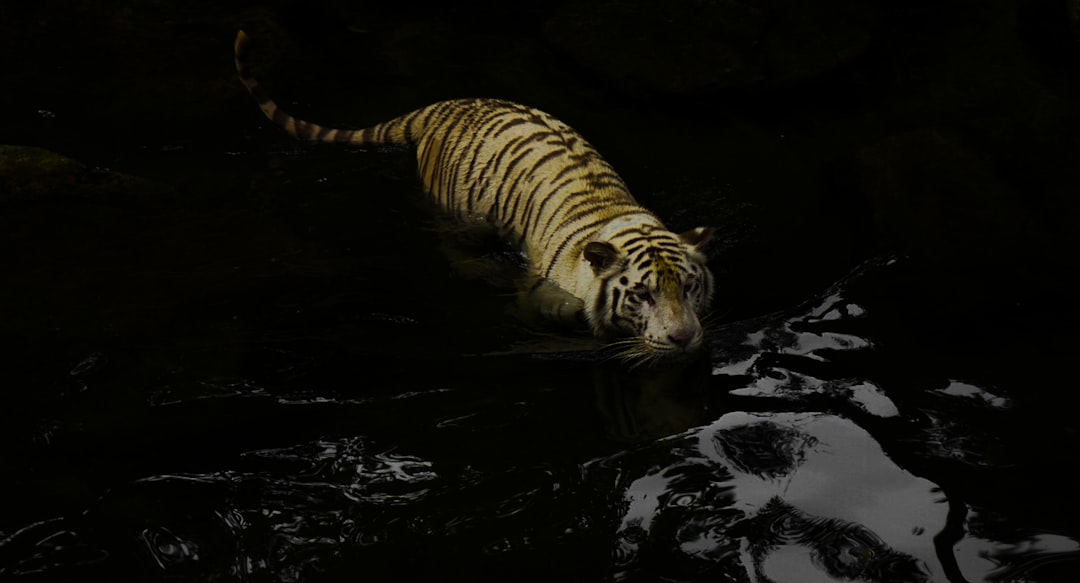
Reactive signs get framed as cautious, but that shorthand hides their superpower: information. Prey that live to see another sunrise excel at gathering data – multiple eyes, layered vigilance, fast consensus to flee, and social memory for dangerous places. In the lab, reactive animals sample more, freeze longer, and switch strategies quickly when conditions change. In people, that reads as attunement to social currents, sensitivity to context, and a preference for options over irreversibility.
There’s wisdom in the pause. The same style that evades a pounce also spots opportunities early – an alliance forming, a market shifting, a conversation turning – and adapts before the dashers even notice. Survival sometimes favors the best antennae, not the fastest engine.
Edge Cases and Hybrids
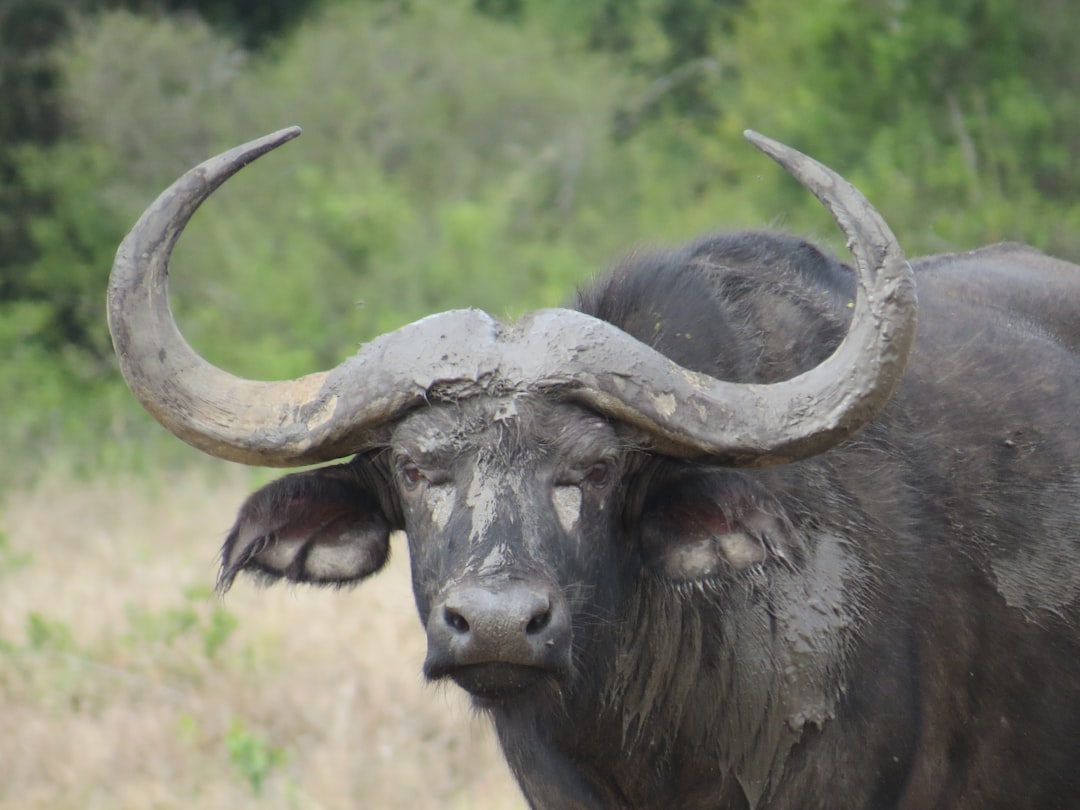
Here’s where the metaphor gets spicy. Many prey aren’t meek at all: musk oxen wheel into a defensive ring; cape buffalo charge; even small birds mob raptors when the odds tilt in their favor. Ambush predators, meanwhile, behave like hyper-reactive specialists – waiting, watching, detonating at exactly the right second. Real ecosystems teem with mixed tactics, and individual animals slide along the proactive–reactive spectrum depending on hunger, season, and social support.
That fluidity maps to human temperaments, too. A person might be “instinctive” at work and “reactive” in relationships, or proactive in calm waters but careful after a setback. The wild says both modes are tools, not destinies.
Why It Matters
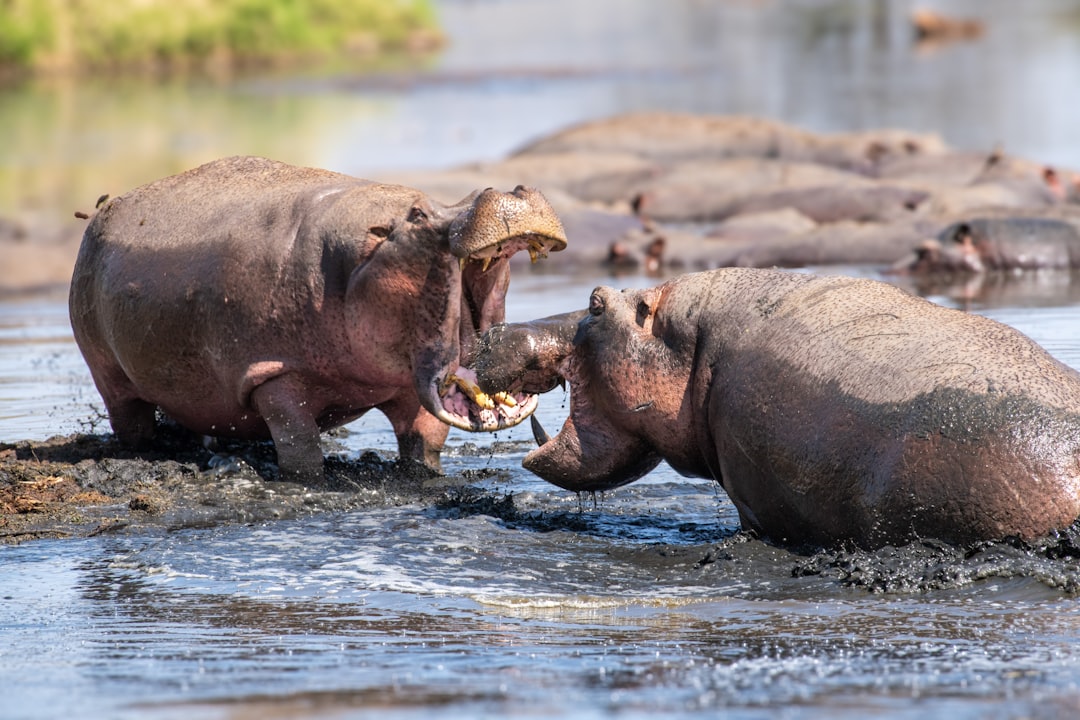
Analysis belongs here, not in an echo chamber of stereotypes. Media often romanticizes predators as brave and prey as timid, but field data paints a subtler portrait: both roles demand courage, cognition, and coordination. Framing instinctive signs as always heroic and reactive signs as always hesitant misses the functional beauty of each strategy. Proactive styles seed innovation; reactive styles prevent catastrophes. Societies need both, just as ecosystems do.
Compared with traditional personality labels, the predator–prey lens adds an ecological layer: behavior isn’t only about who you are, but about the risks and resources around you. It encourages questions scientists love – what triggers a switch, how groups negotiate mixed styles, which environments reward which tactics – and invites readers to spot those patterns in boardrooms, classrooms, and city streets.
The Hidden Clues, Revisited in Daily Life

Watch a morning commute and you’ll see the same choreography as a savanna at dusk. Some people spear down the platform, timing the doors; others hover at the edges, reading the crowd and avoiding bottlenecks. In wildlife terms, both succeed by matching action to context – the sprint works when the track is clear; the sidestep wins when variables multiply. My own default tilts reactive, and I’ve learned to shift gears on deadline days, treating the task like a clean chase with a clear target.
That switchability is a lesson from nature. No animal survives on one gear alone, and no person should feel welded to a single sign-coded story. The best mirror is the one you can tilt.
Global Perspectives
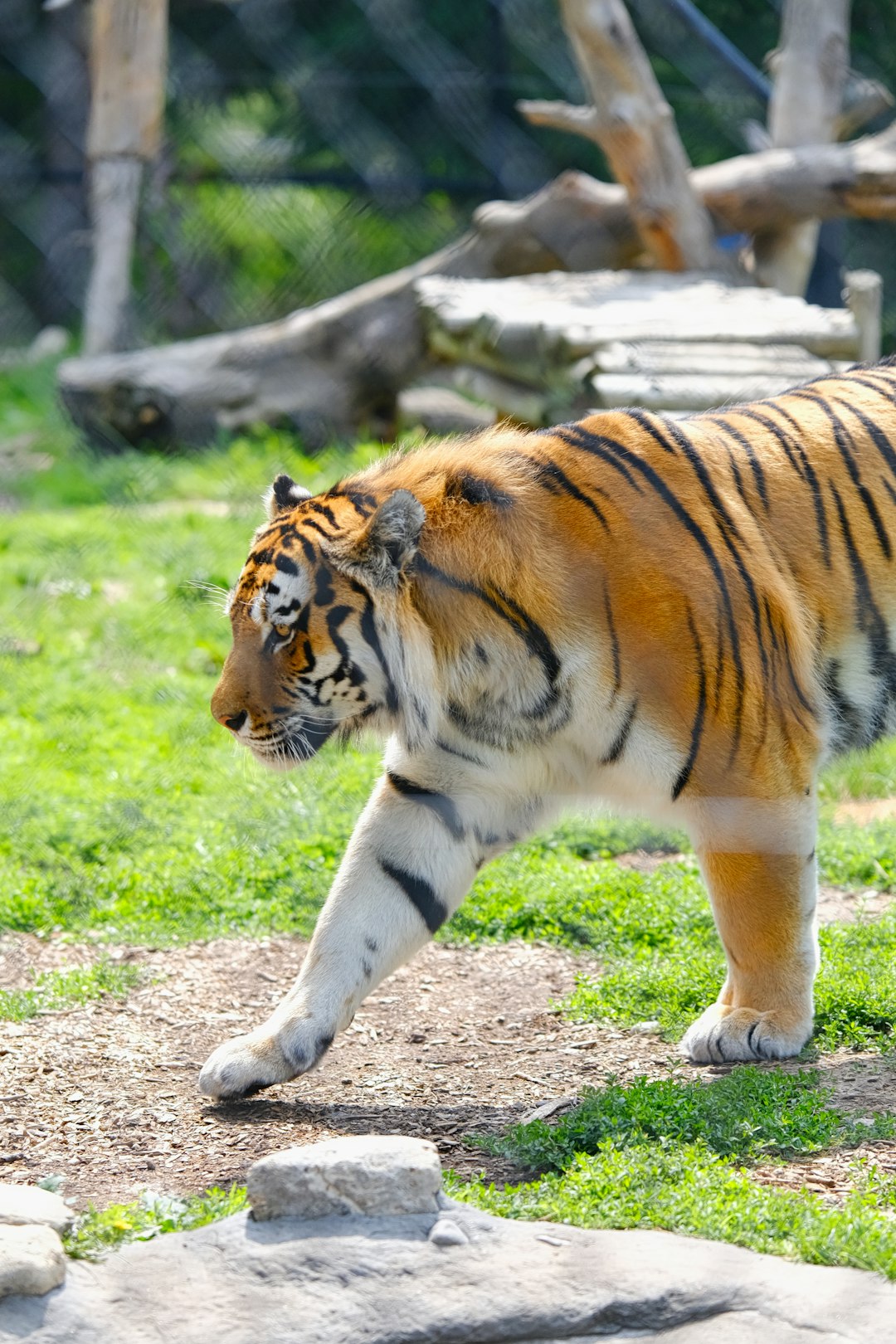
Across continents, behavioral strategies reorder themselves with climate, predators, and human influence. Herds facing heavy poaching pressure become more crepuscular; urban foxes learn traffic patterns like chess players; island species with few predators often grow bolder until a new threat arrives. Culture shapes humans in the same way: dense cities reward reactive scanning, fast-moving startups reward proactive bets. The zodiac is a shared language, but the environment is the author that edits all our drafts.
Thinking globally also cautions against single-explanation thinking. A trait admired in one setting – decisiveness, say – might be reckless in another, while what looks like hesitation can be strategic patience when uncertainty towers. Context isn’t background; it’s the stage.
The Future Landscape
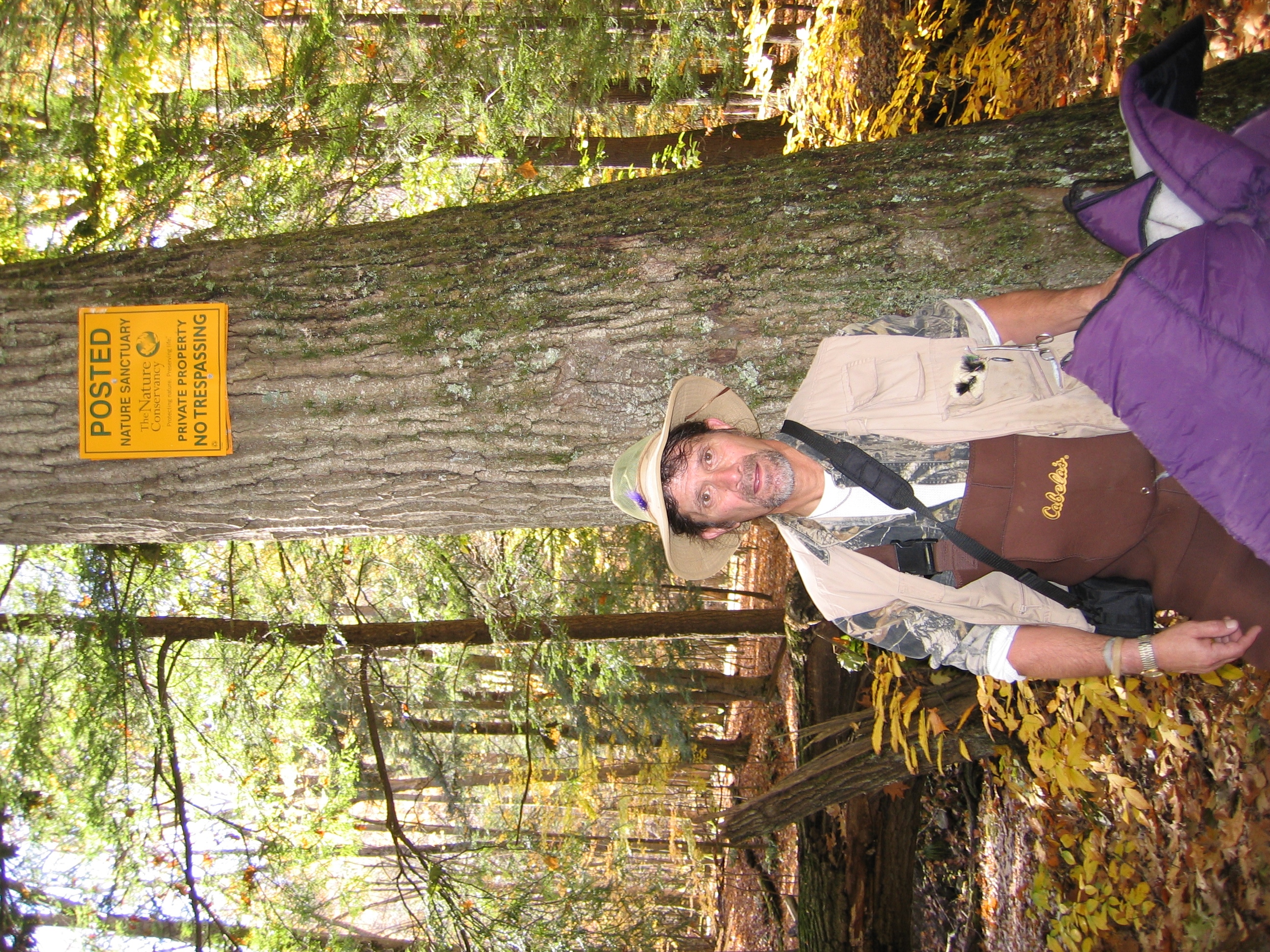
Emerging tools will sharpen these comparisons without leaning on mystique. Lightweight bio-sensors could track stress and recovery in free-ranging animals over months, revealing when proactive bursts or reactive scans pay off. Drone-based thermal imaging and acoustic arrays already map predator–prey encounters in real time, inching closer to full stories rather than isolated snapshots. Computer vision is beginning to classify micro-movements – ear flicks, tail angles, shoulder tension – that precede a chase or a bolt.
The challenge isn’t just technology; it’s interpretation. Scientists will need to disentangle personality from circumstance and avoid turning rich behavior into caricatured labels. If we keep the nuance, we’ll read nature and ourselves with the same clear-eyed curiosity.
Conclusion
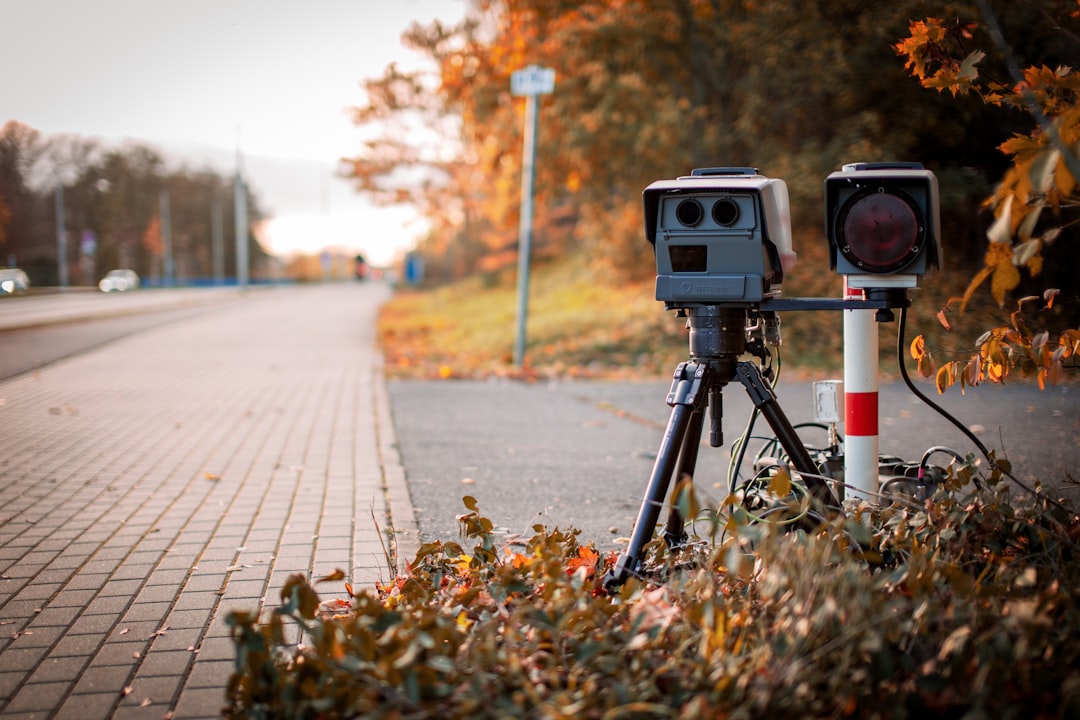
Try an experiment this week: pick one situation and choose your gear on purpose. If you’re an instinctive sprinter, practice a reactive scan – pause, gather two new data points, then move. If you’re a careful watcher, set a clean objective and advance without over-editing. Notice what changes when context, not habit, gets the final say.
It’s a daring question with an even sharper edge: when we talk about “instinctive” and “reactive” zodiac signs, are we really describing the sameSupport the science that makes these insights possible. Back local wildlife research groups, contribute to community biodiversity counts, or volunteer data skills to camera-trap projects. Talk about behavior with precision – proactive and reactive are both vital survival strategies – and challenge the brave predator, timid prey trope whenever it pops up. What gear will you choose next time the world demands a move?

Suhail Ahmed is a passionate digital professional and nature enthusiast with over 8 years of experience in content strategy, SEO, web development, and digital operations. Alongside his freelance journey, Suhail actively contributes to nature and wildlife platforms like Discover Wildlife, where he channels his curiosity for the planet into engaging, educational storytelling.
With a strong background in managing digital ecosystems — from ecommerce stores and WordPress websites to social media and automation — Suhail merges technical precision with creative insight. His content reflects a rare balance: SEO-friendly yet deeply human, data-informed yet emotionally resonant.
Driven by a love for discovery and storytelling, Suhail believes in using digital platforms to amplify causes that matter — especially those protecting Earth’s biodiversity and inspiring sustainable living. Whether he’s managing online projects or crafting wildlife content, his goal remains the same: to inform, inspire, and leave a positive digital footprint.


